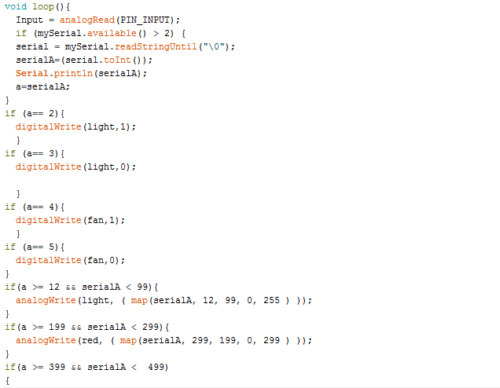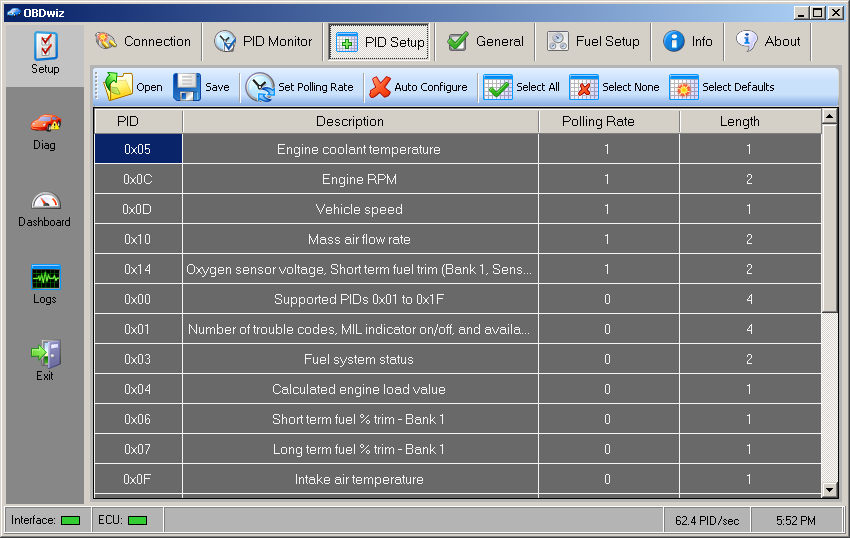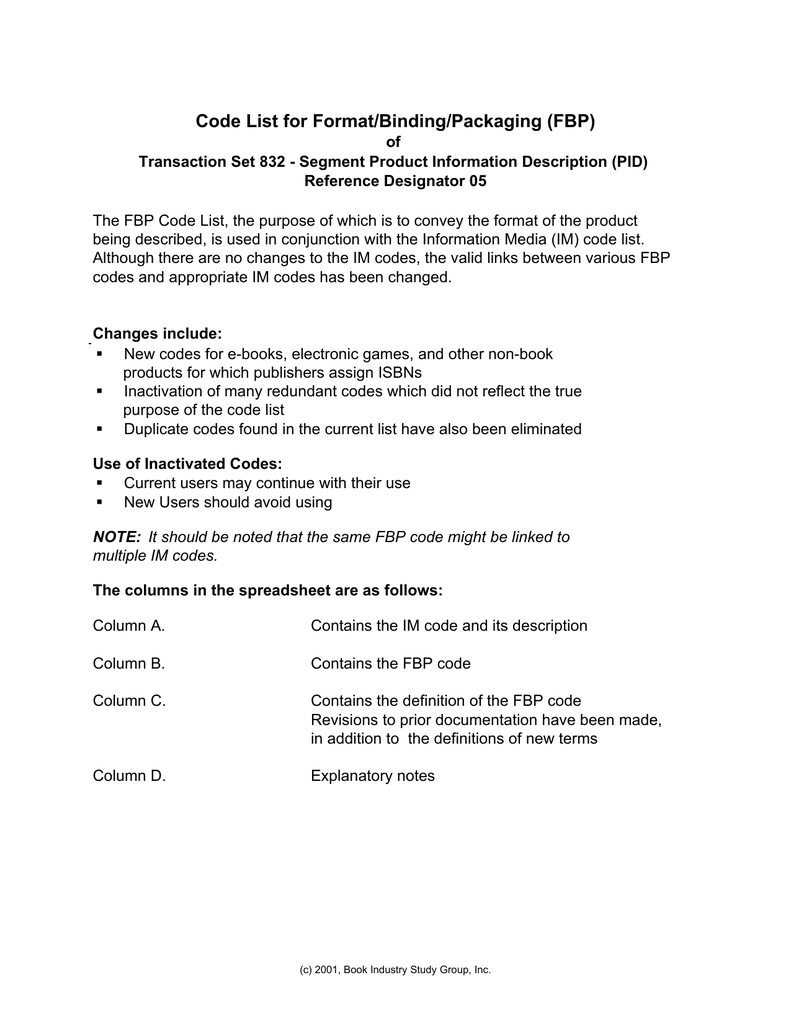Welcome to pid.codes
Welcome to pid.codes. If you’re a maker, hobbyist, or startup company producing your own USB device, you’ve probably discovered that you need a USB Vendor ID and Product ID to uniquely identify your device to computers. The USB-IF’s position is that the only way to do this is for each organisation to pay $6000 for a unique Vendor ID, which they may not share with other individuals or organisations.

P&ID Symbols for Piping Valves. This is the trickiest part of reading P&ID and PFD. Here you can see the various types of valve symbols. If you remember that I have mentioned that P&ID symbols change from company to company, valves symbols are the one that changes most of the time. EEE = event code GG = partition number, 00-08 (always 00 for non-partitioned panels) ZZZ = zone ID number reporting the alarm (001-099), or user number for open/close reports. System status messages (i.e. AC Loss, Low Battery) contain zeros in the ZZZ location. SUBSCRIBER ID # XXXX EVENT QUALIFIER Event or Restore or Previous E or R or P.
For many makers and small companies, this is a prohibitive amount of money, and forces them to resort to workarounds, such as using other organisations’ VIDs without permission, or simply making up a VID and PID. These solutions make things worse for everyone, by damaging the assumption that a VID/PID combination is unique to a given device.
pid.codes seeks to solve this issue for anyone producing open-source hardware. We have been gifted a Vendor ID by a company that was issued one by USB-IF and has since ceased trading; they obtained the Vendor ID before the USB-IF changed their licensing terms to prohibit transfers or subassignments.
pid.codes will assign PIDs on any VID we own to any open-source hardware project needing one. To learn how to get a PID or PIDs for your project, see the how to get a PID page.
This site is in no way supported or endorsed by USB-IF.

Description of the standard trouble OBD codes by family
Standard or generic fault codes are a list of codes common to all manufacturers.
This list of faults, also called DTC (for Data Trouble Code) has been defined so that any diagnostic device can read and decode them. They have a standard format as shown below:

The first letter indicates the family of DTC.
- P: Powertrain, (i.e. engine and gearbox)
- C: Chassis
- B: Body
- U: User network
Ford Pids
The first digit indicates if the code is generic or not (green digit):
- 0: Generic fault
- 1: Manufacturer fault
As the list of generic OBD codes is not always sufficient, manufacturers can add as many of their own codes as they need.
The last 3 digits correspond to an incremented number (purple digits).
This may be a hexadecimal number (i.e. from 0 to 9 + from A to F). For P family codes, sub-families have been defined using the 1st digit (in this example the '3'):
Live Pid Data Auto
- 0 , 1 and 2: for the air/fuel mixture
- 3 : for the ignition system
- 4 : for checking auxiliary emissions
- 5 : for engine idling
- 6 : for the onboard computer and ancillary outputs
- 7, 8 and 9: for the transmission (gearbox)
- A, B and C : for hybrid propulsion
These OBD codes were standardized using SAE J2012 and ISO 15031-6 standards which, to our knowledge, contain about 11 000 definitions in the most recent version.


Pid Codes List
Below you will find a list of the most commonly used codes. Our software contains all of the 11 000 codes. Don't hesitate to download it. It is free and, using an ELM327 or ELM323 interface, can be used to read the fault codes. For more details, go to our EOBD-Facile car diagnostic software page.